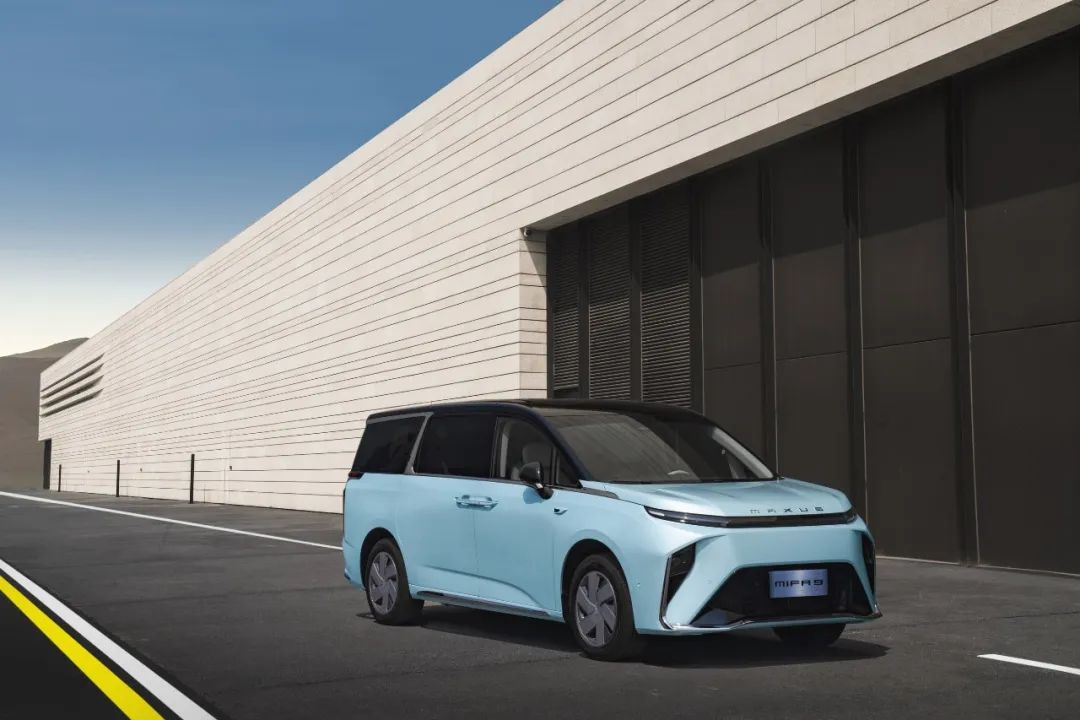Author: Twin-turbo Fat Boy
2022 seems to have become the outbreak year for new energy MPVs. PHEV, Range Extender, and BEV models are emerging in the market, slowly filling the gaps in the subdivided market. In other words, more and more automakers are starting to make efforts in this “blue ocean” market.
A few days ago, a new player joined this subdivided market: SAIC MAXUS MIFA 9. Taking this opportunity, I want to analyze this model with you.
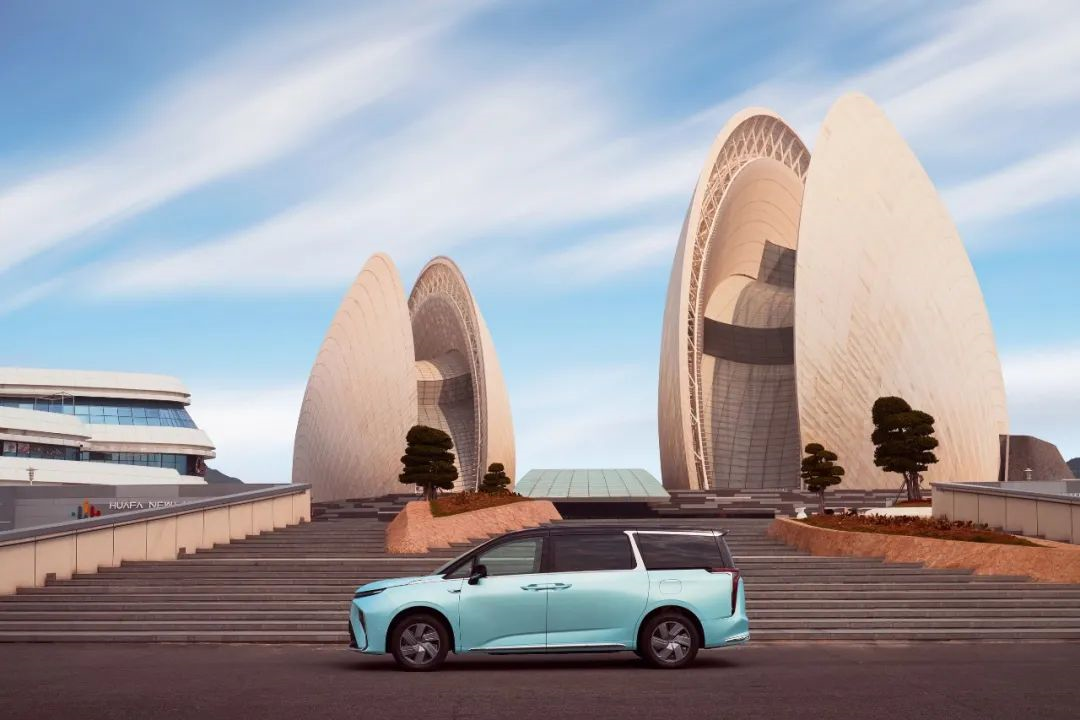
MPV without Front Grille
MIFA 9 released three six-seat models: Forest, Mountain, and Mountain Flagship, and four seven-seat models: Oasis, Steppe, Forest, and Mountain. The price range is from CNY 2.799 to 4.199 million.
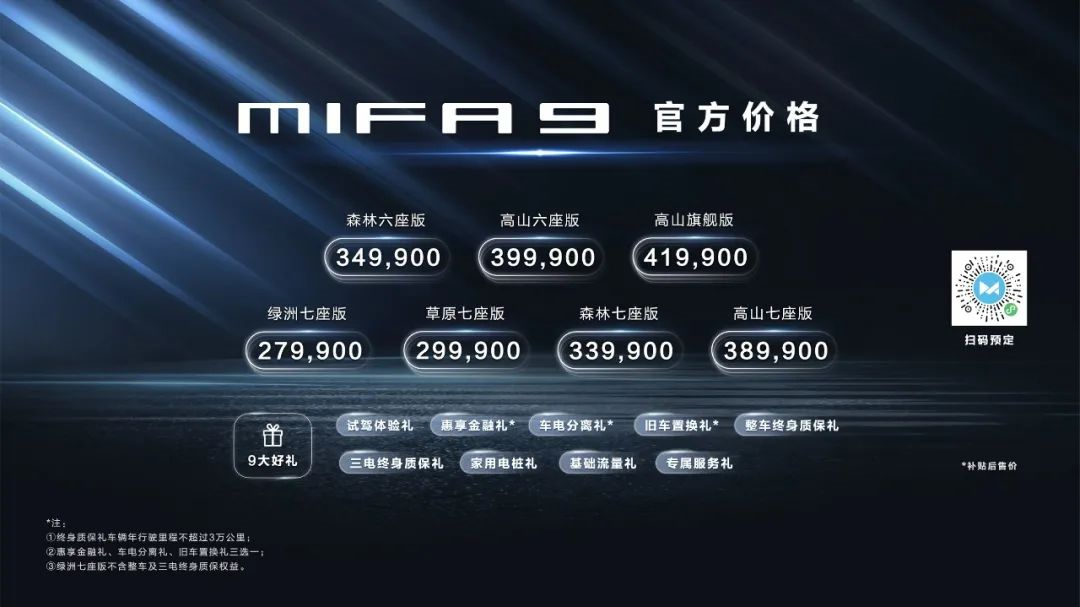
MIFA 9 has a body size of L 5,270mm × W 2,000mm × H 1,840mm, with a wheelbase of 3,200mm, and is positioned as a pure electric mid-size MPV.
MIFA 9 is a mass-produced model based on SAIC MAXUS MIFA EV concept car, with extremely high mass production retention rate. Compared with other popular MPV models, the “no front grille” design also makes MIFA 9 one of the mass-produced MPV models that conform to the elements of the pure electric era.
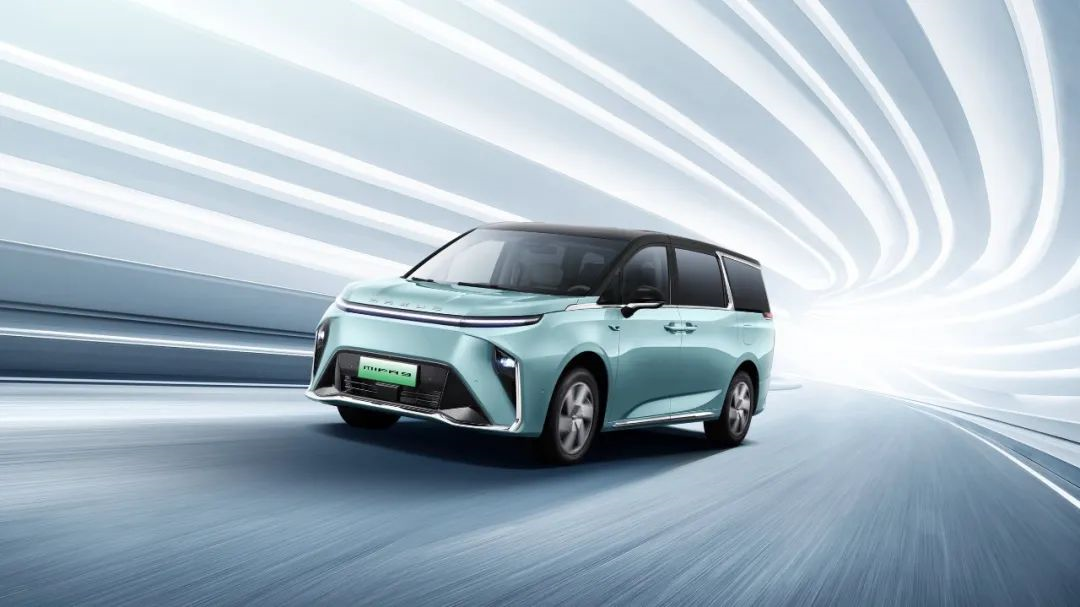
Other models that conform to this design language are the BYD D1 and the FAW Besturn NAT, although other new energy MPV models also use a closed front face design, more or less they will have a clear “front grille design”.
As for the matter of not retaining the front grille design, it has advantages and disadvantages.
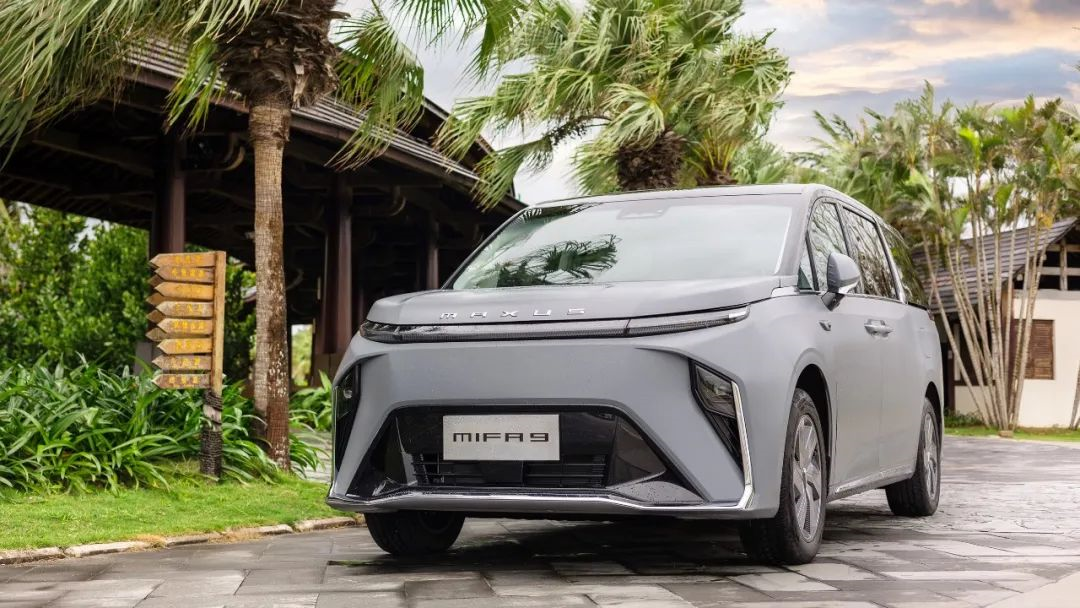
One of the main reasons for not retaining the front grille design is the demand for low wind resistance of new energy models. If it needs to be closed, why not just remove the front grille? Therefore, more and more new energy sedans and SUV models are beginning to use the design language without front grille, while the MPV models, which are still in the market blue ocean, using this design language, are few and far between.However, it is worth noting that everyone has different aesthetic preferences, with some people able to easily accept design changes, while others need to gradually adapt to aesthetic changes. Therefore, retaining the original grille design and using a closed grille may be more easily accepted by a wider audience.
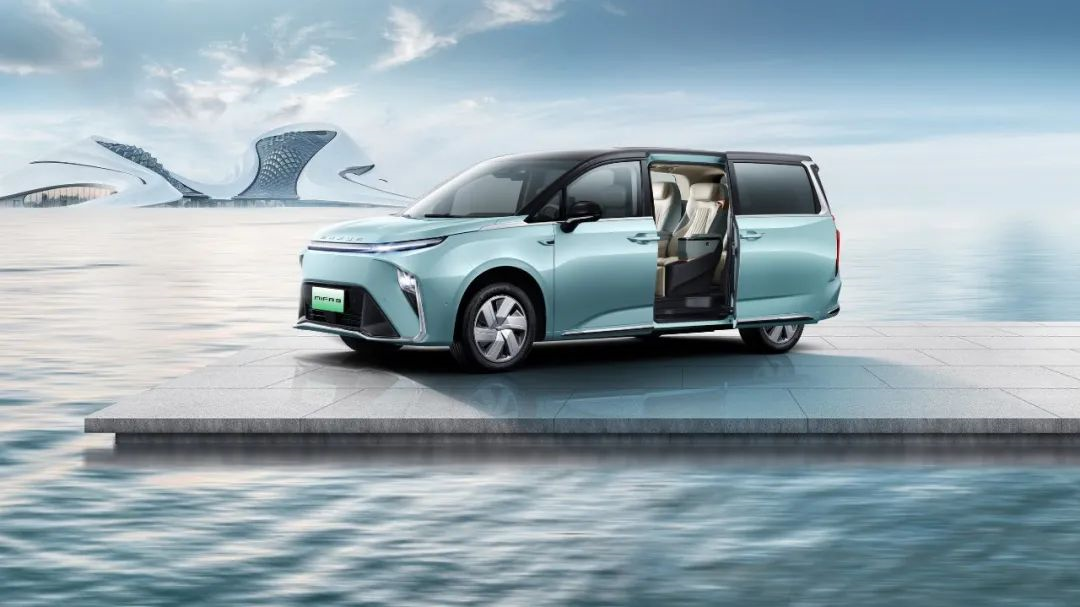
Meeting Daily Power and Endurance Needs
MIFA 9 is built on the new generation E2 architecture and is equipped with SAIC Group’s new generation electric drive system and a 90kWh ternary lithium battery pack. The official endurance data provided is:
The endurance mileage under CLTC working conditions is 560km, and the electricity consumption per 100 kilometers is only 17.1kWh.
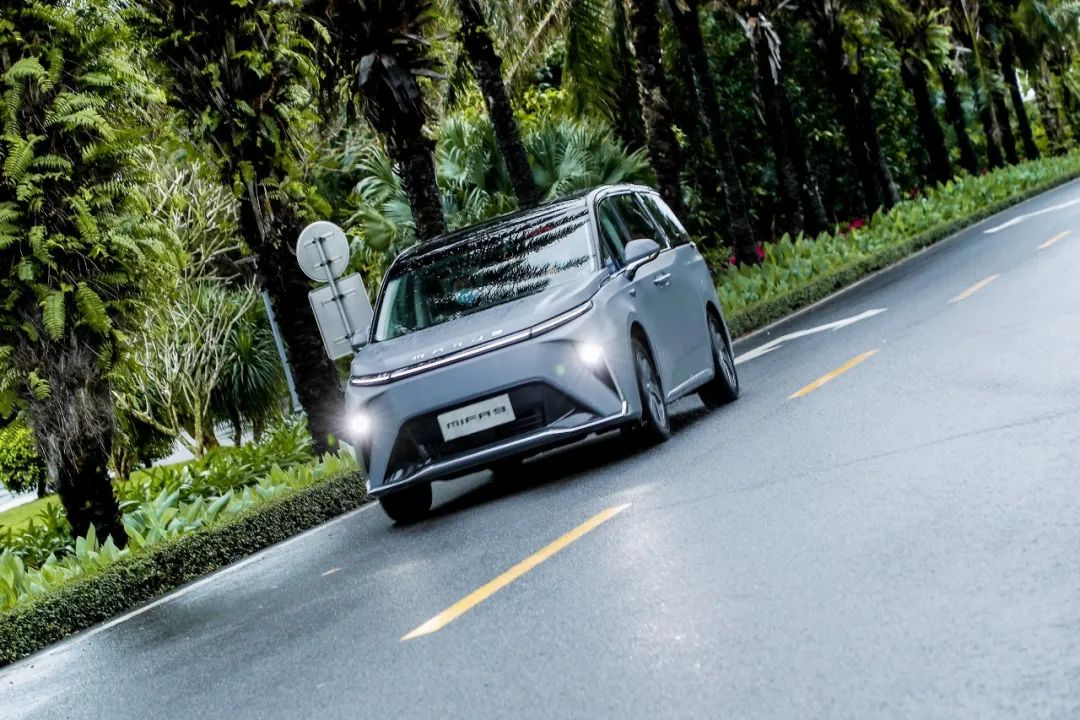
However, I still have doubts here, as a 90kWh battery pack and 17.1kWh of electricity consumption can only provide an expected endurance of around 520km. If it can truly reach 560km, the energy consumption is only 16kWh/100km. In addition, as the MPV model may frequently encounter full loads, the actual energy consumption and endurance capacity still need to be experienced.
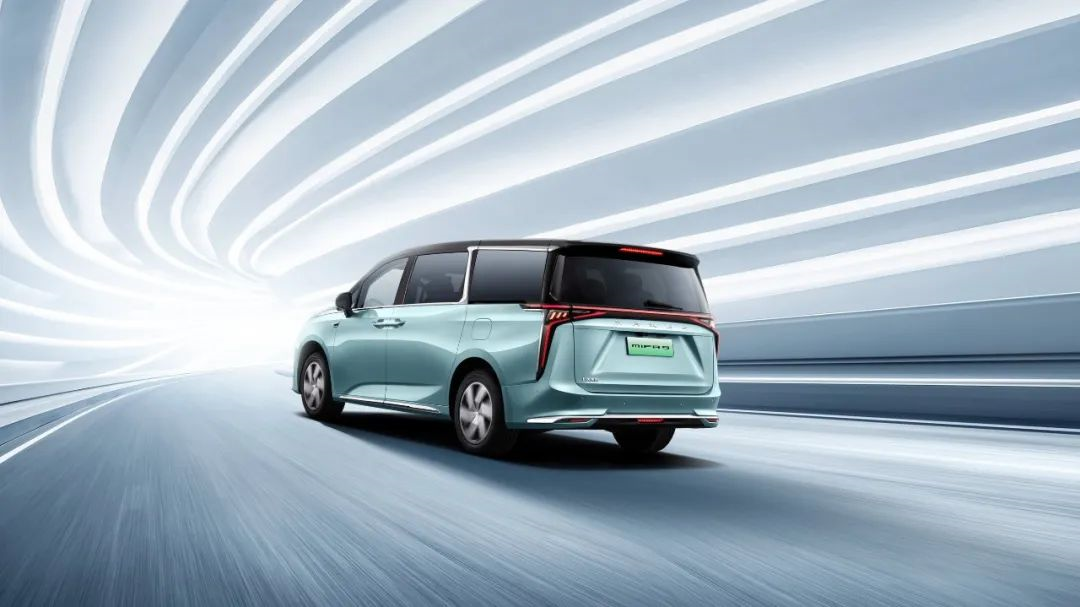
In terms of the power system, MIFA 9 adopts a front-mounted single motor layout, with a maximum power of 180kW and a maximum torque of 350N·m. This level of power is sufficient for MPV models that prioritize comfortable driving.
Large Size and Long Wheelbase Bring Large Space
MIFA 9’s body size is similar to that of the Lingtu Dreamer, with both models having the same wheelbase. The small differences in size are likely more reflected in the exterior design of the vehicle accessories.
Therefore, although I have not experienced the actual car of MIFA 9, based on my experience with the Lingtu Dreamer, I believe that MIFA 9 has certain space advantages in the MPV market.
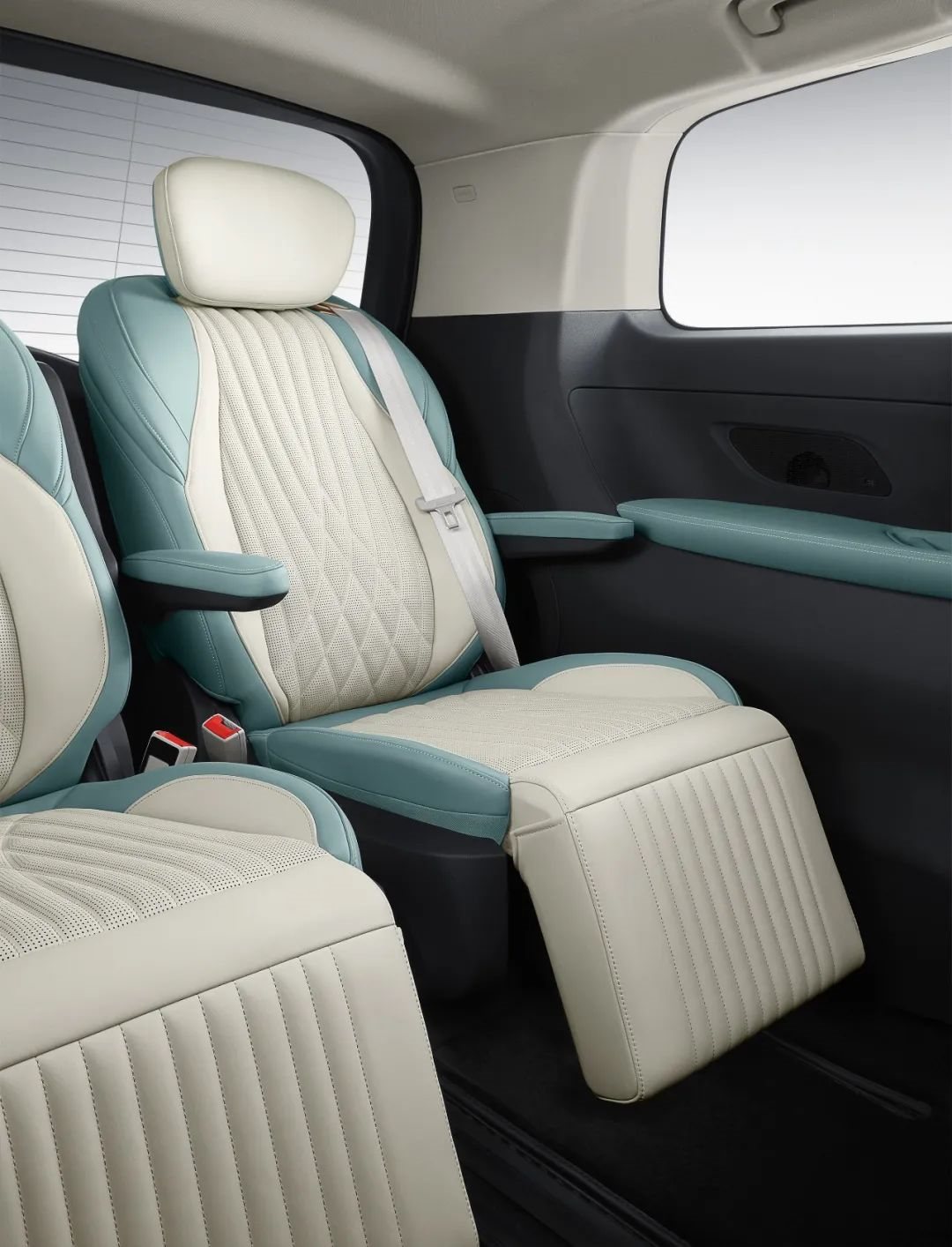
The front and rear movement range of the third-row seats of MIFA 9 reaches 400mm, and it can be seen from the official pictures that they can be close to the tailgate. This is why SAIC Datong specially mentioned that “the effective legroom of the third row of MIFA 9 reaches 980mm,” which is close to one meter of legroom.The second row is equipped with one-click linkage function, which can achieve a 2.3-meter flat space in 5 seconds. MIFA 9 is also equipped with a one-click “luggage space mode”, where the second and third rows will automatically move forward to release the maximum luggage space.
With a wheelbase of 3,200mm and a sufficiently large body size, I still have high expectations for the space performance of this car. However, the actual experience with the car after will determine the performance.
In terms of the seat configuration, which is more concerned in the MPV models, the middle and high-end models of MIFA 9 are equipped with 12-way electric adjustment for the driver’s seat, and 8-way electric adjustment for the passenger seat. The second-row seats adopt independent seats and are equipped with electric adjustment, heating, ventilation, massage and other functions.
The third-row seats of the seven-seater version of the car are manually adjustable and support 4/6 fold-down, while the third-row seats of the six-seater version are equipped with independent seats and electric adjustment, heating, ventilation, massage and other functions, but do not support fold-down.
Dual chip intelligent cockpit
The middle and high-end models of MIFA 9 are equipped with a 10.25-inch instrument screen, a 12.3-inch center control screen, a 12.3-inch copilot entertainment screen, and a 3-inch imon screen for the copilot.
The high-end model is equipped with a second-row seat back screen, which is an optional upgrade for the middle-range model.
The middle and high-end models of MIFA 9 are equipped with Qualcomm Snapdragon 8155 chip, while the high-end model uses Qualcomm Snapdragon 8155 + MediaTek 8666 dual-chip. The four screens in the cockpit are calculated by Qualcomm Snapdragon 8155, while MediaTek 8666 is mainly responsible for the calculation and interaction of the second-row seat back screen.
As the world’s first mass-produced 7nm vehicle chip, Snapdragon 8155 seems to have become the “entry threshold” for smart cars in recent years. It has been recognized by more and more OEMs and has become a well-known cockpit SoC for both the industry and consumers.So what kind of chip is MediaTek 8666? It seems that many consumers are not familiar with it.
In fact, MediaTek 8666 was launched as early as 2018, and is an 8-core chip with a 12nm process. In terms of process technology, computing power, and other parameters, it is slightly ahead of Qualcomm’s 8155 chip, which uses a 7nm process.
Qualcomm Snapdragon 8155 has 2 other chips on the same platform: 6155 and 8195. The performance of 6155 is average, but the cost of 8155 and 8195 is higher. Therefore, MediaTek 8666 fills the gap between 6155 and 8155 in terms of cost and performance “cost-effectiveness”.
To sum up, although its performance is not as good as 8155, MediaTek 8666 still has strong capability and good cost-effectiveness, making it a popular choice for some manufacturers.
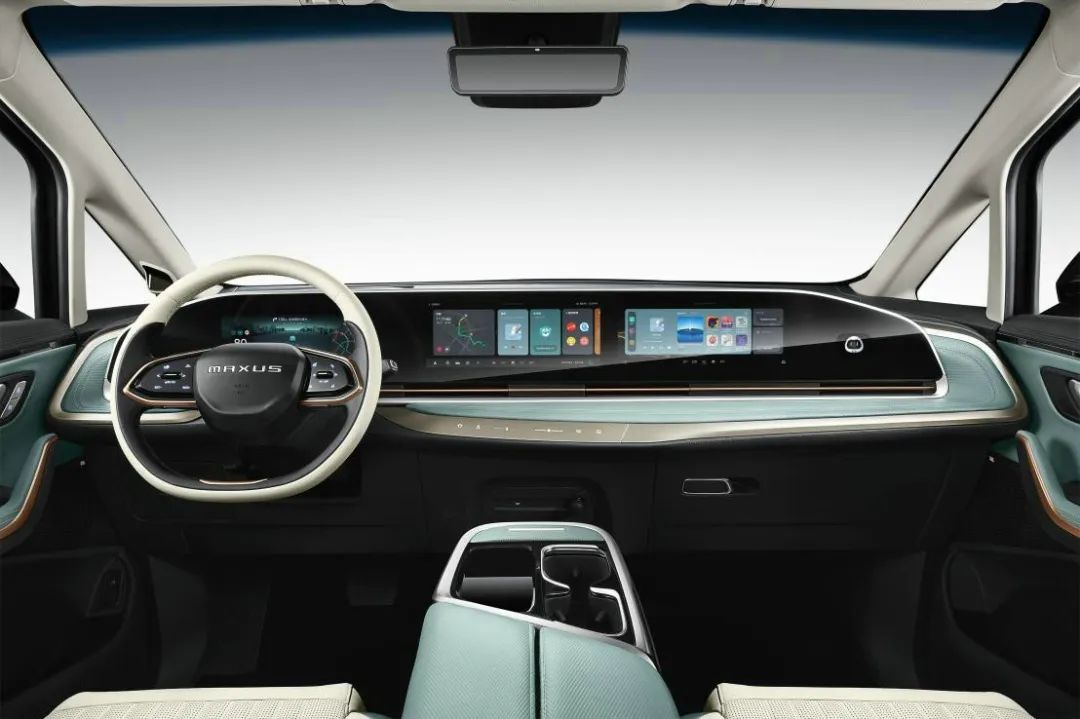
MIFA 9 is not the only model that uses the 8155+8666 dual chip solution. Changan Shenlan SL03 also uses the same chip solution.
Returning to the cabin of the MIFA 9, it supports four-tone voice recognition for the first and second rows. The top-of-the-line models also support the “Follow Me” function: which can automatically switch the settings of the second row’s left and right seats, screens, etc. when the passenger gets in without any sense.
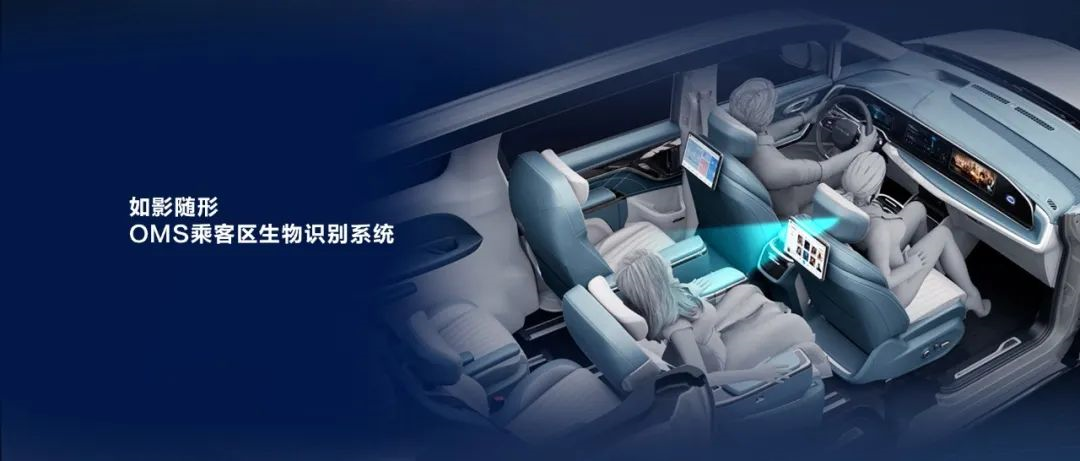
The “strongest” intelligent driving in MPV?
The top-of-the-line model of MIFA 9 is equipped with two Horizon Journey 3 chips (10TOPS), one Ti TDA4 automatic parking chip (8TOPS), 7 HD cameras, and 5 millimeter-wave radars.
With SAIC Group’s self-developed UTOPILOT Youdao Zhitu advanced intelligent driving system, it achieves intelligent driving coverage of high speed, low speed, and parking scenarios.
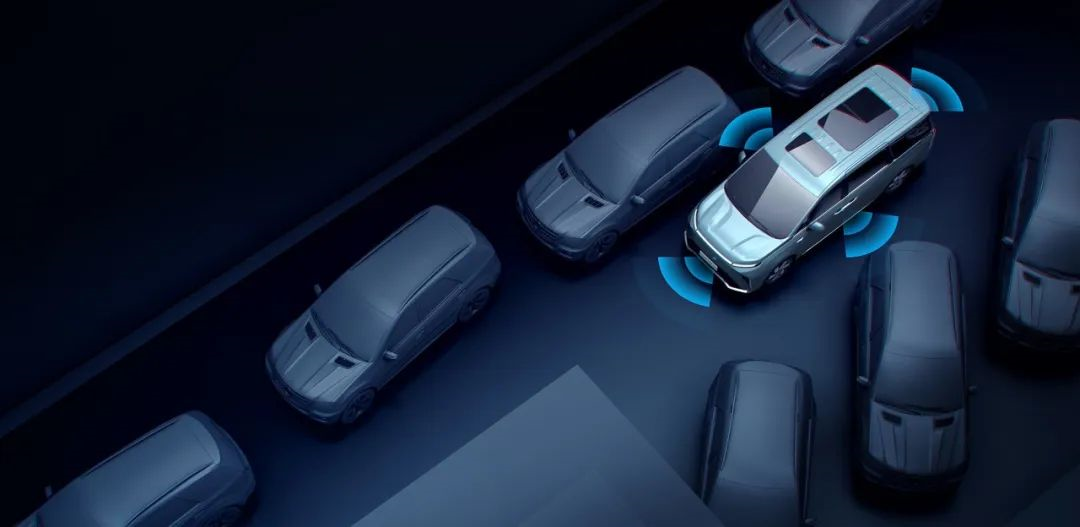
-
In the high-speed scenario, MIFA 9 can realize functions such as up and down ramps, intelligent avoidance, and active overtaking;
-
In the low-speed scenario, MIFA 9 is equipped with “narrow road passage” function, which can automatically avoid obstacles on both sides;
-
In the parking scenario, MIFA 9 is equipped with one-touch autonomous parking.# Analysis of Competitors
In the current mass-produced MPV models, thanks to the support of Horizon J3 chips and self-developed intelligent driving systems, MIFA 9 has a great competitiveness in intelligent driving. However, its actual performance remains to be seen in the following experience.
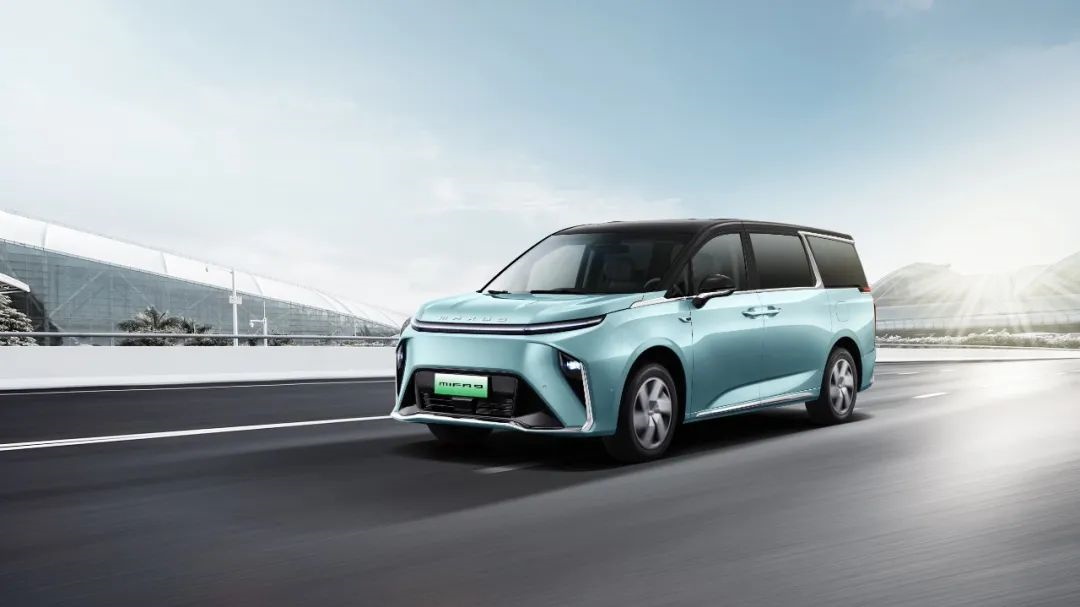
Let’s take a look at the competitors again
At present, there are only four models of pure electric mid-to-large MPVs in the market, including the already launched Orchid Dreamer, the yet-to-be-launched DENZA D9 EV and SAIC Roewe iMAX8 EV, which is “born from the same source” with MIFA 9.
Compared with these few models, the advantages and disadvantages of MIFA 9 are very obvious.
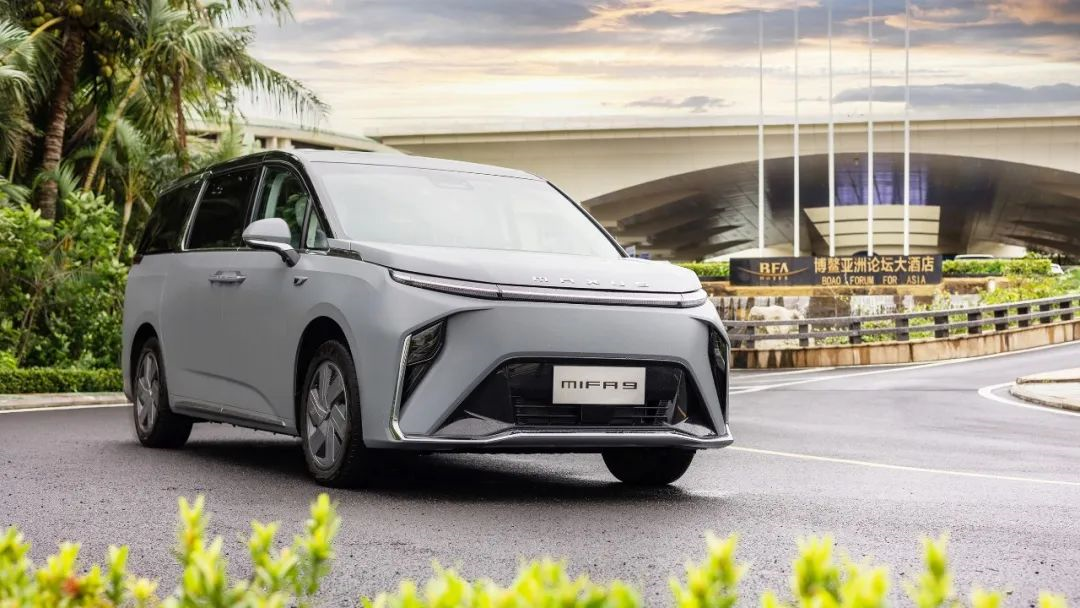
MIFA 9 has a similar size and wheelbase to Orchid Dreamer, thus having an advantage in cabin space. At the same time, according to the current information, MIFA 9’s configuration in intelligent driving is higher than that of the other models.
In terms of endurance and power performance, MIFA 9 adopts the front single-motor layout, which has a certain gap in power performance compared with the four-wheel-drive version of Orchid Dreamer and DENZA D9 EV. MIFA 9’s endurance capability reaches 560km under the CLTC condition, which is stronger than the standard endurance of Orchid Dreamer’s pure electric version of 475 km, but lower than the 605km after adding the “endurance package”.
In addition, its endurance capability is basically consistent with SAIC Roewe iMAX8 EV, but lower than the 600km of DENZA D9 EV.
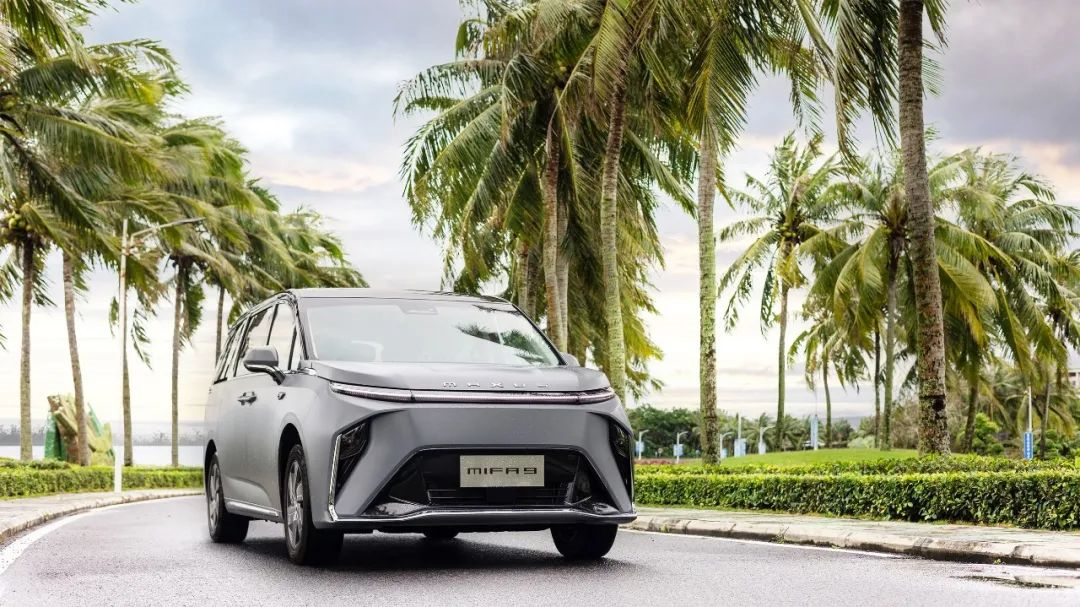
Finally, let’s consider the price:
- Orchid Dreamer’s pure electric version has a price range of 3.699-4.899 million yuan.
- SAIC Roewe iMAX8 EV has a pre-sale price of 2.798-3.298 million yuan.
- DENZA D9 EV has a pre-sale price of 3.35-4.6 million yuan.
On price, MIFA 9 has greater advantages than Orchid Dreamer and DENZA D9 EV. SAIC Roewe iMAX8 EV, which is the “born from the same source” competitor, competes with MIFA 9 with a “product cannibalization” strategy.
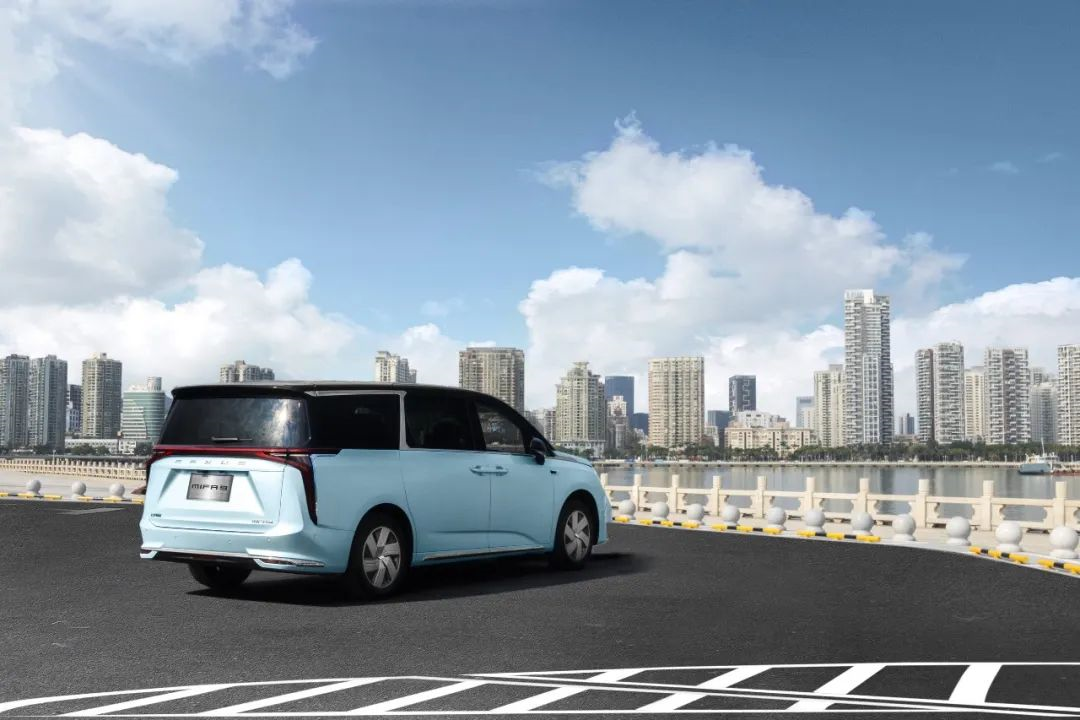 Actually, considering many factors, MIFA 9’s product power is not weak among the four car models of this level, but factors such as appearance design and brand influence may have a certain impact on MIFA 9.
Actually, considering many factors, MIFA 9’s product power is not weak among the four car models of this level, but factors such as appearance design and brand influence may have a certain impact on MIFA 9.
Why Are New Energy MPVs So Large?
Today, there are only a few ways to increase the range of new energy vehicles: reducing wind resistance, reducing energy consumption, and stacking batteries.
It’s difficult to “fine-tune” the wind resistance coefficient on MPV models. With current technology, it’s almost impossible to reduce the energy consumption level of an MPV model no matter how much we optimize the electric drive system. Therefore, the most direct and effective solution is to stack batteries, which will inevitably take up most of the vehicle space and may even lower the chassis height or increase the body height.
However, MPV models themselves should have the advantages of a low platform and large space, and this advantage is likely to be weakened due to the addition of power batteries.
Therefore, the best solution currently is to create a new energy medium-to-large MPV model. A large-size vehicle can accommodate more batteries and reduce the occupancy of space. That’s why more and more products entering the new energy MPV market are in this level.
However, I believe that with the continuous development of technologies such as CTC, batteries, and electric drive, these pain points will eventually be solved.
In Conclusion
From the recent development of car models, we can clearly see that more and more OEMs are choosing to enter the new energy MPV market, especially the pure electric MPV segment. One reason is that the “blue ocean market” created by the current product shortage is too tempting, and the other reason is that with the development of technology, new energy MPV products will eventually have better product power. Therefore, more and more people choose to “take the lead.”
With the development of intelligence and the increasing demand for MPV models in recent years, the intelligent cabin and intelligent driving of MPV models have become a new “battlefield.”
In terms of current conditions, SAIC MAXUS MIFA 9 has strong product power in terms of space performance, range, and intelligent driving, and it is also more cost-effective among models of the same level.
So, if you were to buy a pure electric MPV model, who would you choose?
This article is a translation by ChatGPT of a Chinese report from 42HOW. If you have any questions about it, please email bd@42how.com.
